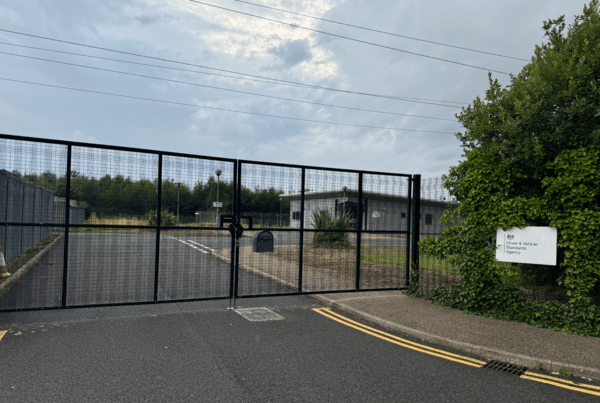In a bid to prioritize the safety of elderly and disabled individuals crossing roads, new recommendations have been proposed to grant pedestrians an additional second at green man crossings.
Currently, pedestrians have approximately 6.1 seconds to cross an average road at a walking speed of 1.2 meters per second, as dictated by the Department for Transport guidelines established during the early 1950s. However, with the ever-increasing number of vehicles on the roads, there arises a need to address the concerns of vulnerable road users.
To tackle this issue, government agency Active Travel England (ATE), operating under the Department of Transport, has come forward with innovative solutions. According to ATE’s new suggestions, pedestrians will now be granted 7.3 seconds to cross a road at a speed of one meter per second, ensuring safer road usage for the elderly and disabled population.
This initiative is currently being implemented on a pilot basis and is expected to be open for public consultation in September. ATE emphasizes the importance of inclusive transportation, aiming to facilitate millions of people in traveling short distances by walking, cycling, or using wheelchairs.
A spokesperson for ATE explains, “The adequacy of crossing times is a significant concern, particularly for elderly and disabled individuals. A negative experience while crossing can dissuade someone from attempting it again.” Therefore, the endeavor is to create a positive and safe environment for all pedestrians, irrespective of their physical abilities.
ATE has observed some transport authorities utilizing sophisticated technology from their control centers to adjust crossing times during specific periods of the day. This adaptive approach allows for a more dynamic and responsive road system that caters to the diverse needs of pedestrians.
University College London’s research from 2013 highlighted the fact that pedestrian lights did not align with the walking speeds of 85% of women and 76% of men aged 65 and older, leaving them with insufficient time to cross safely. By addressing these concerns and implementing improved crossing times, authorities hope to enhance the overall road safety for all citizens.











